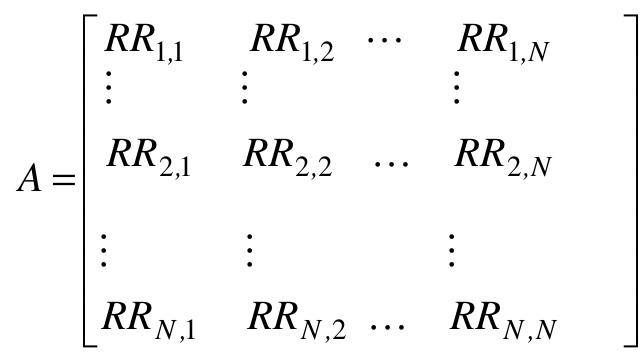Key research themes
1. How can optimal classifier subset selection improve majority voting ensembles given the combinatorial complexity of classifier combinations?
This research theme focuses on methods for selecting subsets of classifiers to enhance majority voting ensembles while managing the exponential complexity of evaluating all possible subsets. It entails exploring criteria for classifier selection (e.g., diversity measures, direct fusion error estimates), heuristic search algorithms, and novel ensemble designs that iteratively refine both selection and fusion to improve generalization. Understanding and addressing the limitations of diversity as a proxy for ensemble performance and leveraging combiner-specific measures are central to this area.
2. Which ensemble learning strategies and classifier types yield superior performance in diverse real-world and medical domain classification tasks?
This theme investigates comparative evaluations and hybrid ensemble designs that combine classifiers from different families to improve predictive accuracy on real-world classification problems, including complex domains like medical diagnosis and remote sensing. It includes studies benchmarking hundreds of classifiers against extensive datasets, strategies for stacking strong ensembles, and the practical application of ensemble methods combining support vector machines with bagging or boosting approaches. The goal is identifying classifier families or ensemble configurations that consistently achieve high classification accuracy and robustness.
3. How can feature selection and structured ensemble architectures enhance classifier performance in high-dimensional and dispersed data contexts?
This research theme addresses integrating feature selection with ensemble methods and handling distributed or dispersed data for improved classification performance. It encompasses approaches such as learning classifier systems ensembles based on feature subspaces selected via rough sets or random sampling, hierarchical classifier ensembles constructed using clustering and classifier selection, and coalition formation of distributed local classifiers based on conflict analysis. These methods focus on scalability, dimensionality reduction, and leveraging local data coalitions or classifier diversity to boost robustness and accuracy.








